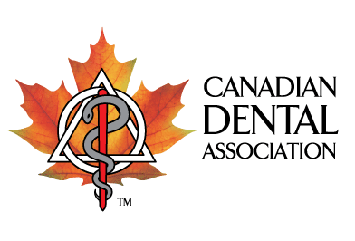Overview
For more detailed information on Group/Corporate Practice Associateships, see the related key questions (+ answers) and resources.
It’s important to understand that “corporation” is a complex word when associated with dentistry. For tax purposes, many individual dentists as practice owners incorporate and have, therefore, created a corporation. This is not the same as larger dental corporations that own multiple dental practices across a wide geographic area.
Although there is no strictly agreed upon definition of corporate dentistry, some people define it by the number of dental clinics under one umbrella (>20 dental clinics); whereas, others define it as an entity which has some private, non-dentist equity support. Still others define corporate dentistry as including offices where management services, at a minimum, are centralized to a dental management or dental service organization (DMO/DSO). Essentially, different practice models exist which make it difficult to categorize what should be deemed as corporate dentistry. The common thread is that the goal is to be profitable, ultimately, while meeting the regulated health professions guidelines and act. This can prove challenging especially when fee splitting occurs with members who are not part of the regulated health professions.
Every career option has its distinct advantages and disadvantages. In a large group or corporate environment, there is more structure and “back office” duties are centralized, such as human resources issues, ordering supplies, payroll as well as other business functions. In addition, there are common goals that are outlined by the corporate structure’s mission which also help in defining the policies of the practice environment. This allows dentists to focus more on dentistry and less on the business or administrative aspects. The dentist works autonomously to make his/her own decisions but, the group/corporate environment offers a chance for collaboration and support to discuss treatment plans and discuss cases. For early career dentists with high debt loads, this environment can be helpful as there is comraderie, collegial support and an income immediately upon graduation. Dentists may also be able to capitalize on continuing education (CE) opportunities that are offered by these larger entities.
With respect to disadvantages, practising in a group or corporate environment does not always allow dentists to exercise their autonomy in terms of treatment philosophy. The overarching philosophy or mission of the clinic is that of the group or corporation which may conflict with that of the individual dentist. Furthermore, at times, new dentists may become accustomed to the group or corporate environment which may be not be focused ultimately on patient care but this must remain the first and foremost responsibility of the dentists working in the clinic. There may also at times be a lack of understanding of some of the provisions and responsibilities of the regulated health members. Additional challenges may also present in the dissemination or sharing of information under the Health Information Act within a corporate structure.
Working in a corporate dentistry environment is often different from working for an owner who owns multiple practices. In the former, there is an organized corporate structure with formal systems and individuals who have specific predetermined roles. This allows for better buying power, centralized human resource functions. In the latter, the multiple-owner dentist is much like an entrepreneur who is not only providing patient care for his/her patients, but is also working to run and manage various practices unless, they have instituted more systematic approaches.

